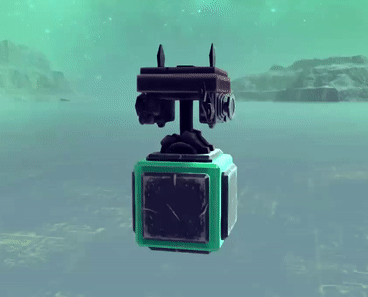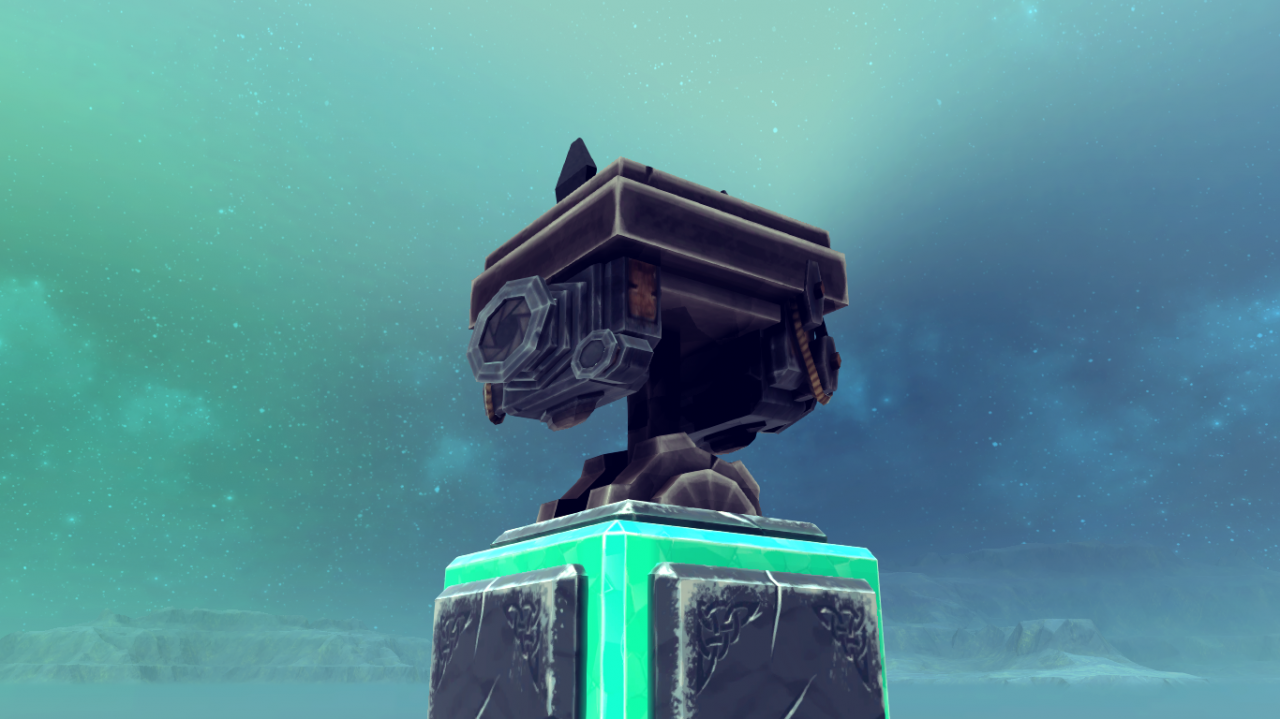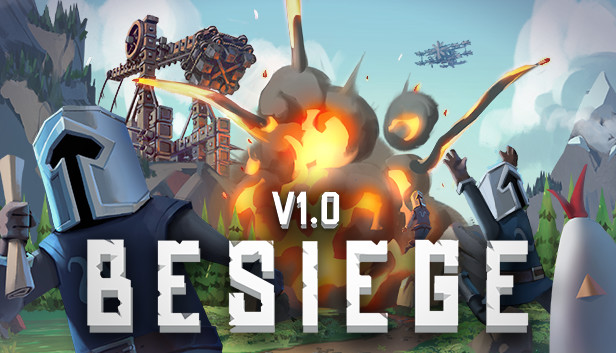Some practical advice to help anyone working on parts that require bendable beams, axles, or joints that stay in place after bending. Like car axles that permanently bend. In other words, how to make bendable joints that realistically bend and stay bent like metal. This is useful for axles, beams, or supports that bend and deform like in real life. These are super useful for realistic car builds or structures like bridges or walls intended to be realistic. This tutorial is for any skill level, but will of course be easier for more advanced users.
I call these joints RMD Joints. RMD stands for Realistic Metal Damage.
Disclaimer
The problem:
So besiege doesn’t really have built-in bendable joints or beams, the closest thing is really just blocks with flexible joints. These are okay, but they don’t bend like metal, which stays in position after you apply enough force to bend it. What Besiege needs is metal joints that stay in place after being bent, and that is what I plan to solve myself.
The solution:
This solution often requires a lot of free keys, especially if you want more realistic bending. What I do to achieve this effect is use steering hinges with small sensors in the middle.
It is also worth noting these joints are not perfect for one reason:
These joints only bend when a material force with a physical, solid collider, is pressed against them. Forces like God’s hand and high winds do not bend these joints because they do not have solid colliders.
The Tutorial
2. You want to map the steering hinge left and right to two different keys that you won’t accidentally press. numpad key bindings work very well for this purpose.
3. For the hinge’s turn speed, you want to change it based on how sensitive you want your joint to be. Lower rotation speeds are better suited for stronger bendable joints, and higher rotation speeds are better suited for weaker joints that bend with less pressure. Angle limitations are completely optional, if you want to limit your joint rotation the beam will only be able to bend slightly before reaching a limit, whereas bendable joints with no limitations can bend completely over 180 degrees. It is important to keep ‘auto return’ off.
4. Here comes the challenging part, you now want to add sensors on the same axis that your steering hinge bends. Place them so that they block your steering hinge from rotating all the way over. If you placed the steering hinge on a beam, place them so that if (and only if) you rotate the steering hinge, the sensors collide with the base block you placed the hinge on.
In other words, the steering hinges red indicator arrow, denoting the turn direction, should touch both sensors
5.Using advanced building tools, rotate each sensor block 90 degrees out so that their field of detection is pointing outwards, directly away from the steering hinge. By now, the sensors’ indicator lights (on the top of the sensor) should be pointing out and should be right next to the outer face of the steering hinge, where you attach things like wheels.
6.This step only applies to those who have a scaling tools mod, which you don’t need, but it is nice. If you don’t have it, skip this step.
Scale the sensors down a bunch so they don’t stick out. I recommend a 0.2 scale on axes X and Y. Their Z scale should be at 0.6.
7.Using advanced building tools, move the sensors upwards, away from the base block that the hinge is mounted on. I recommend moving them up (along the Y-axis if the hinge points upwards) by 0.2 blocks. Then flip them upside down. Ensure they are connected to the steering hinge itself in simulation mode, and that their field of detection doesn’t detect anything that’s a part of your machine. Attaching the two sensors to the base block you mounted the steering hinge onto is not recommended, but if the sensors field of detection occludes any part of your machine, you may need to attach them to the block you mounted your steering hinge on so that the sensors do not detect any part of your machine.
8.Now, for one sensor, set its emulation key to the same key that your steering hinge uses to point away from the sensor. For example, if your steering hinge tilts left with key 7, the sensor to the hinge’s right should be on 7 as well. If something hits the sensor on key 7, the hinge should rotate away from the object that the sensor detects. Repeat this step for the sensor on the opposite side of the hinge.
By now, your joint is almost complete. When the joint bumps something, it should bend the steering joint.
9.To make this joint more realistic, lower the distance and radius of the sensor WAYY down. You want to ensure that the sensor ONLY activates when something (that isn’t your machine) hits the hinge. A distance of 0.3-0.4 on the sensor is like the maximum value you want the distance to be at, while still maintaining realism. The radius on the sensor has to be half of the distance.
10.Optional step: In order to get a 360-degree range of movement on your joint, duplicate the whole assembly and move it 1 block up, then rotate it 90 degrees to the left or right, and change all the key bindings so they do not overlap with your first joint.

What the joint should look like when you impact test it. The joint bends, and stays bent
Results

Thanks to rXR for his great guide, all credit to his effort. you can also read the original guide from Steam Community. enjoy the game.
Related Posts:
- Besiege: How to Create Skybox Packs for Object Explorer
- Besiege: How to Multiverse & Multiverse Etiquette

